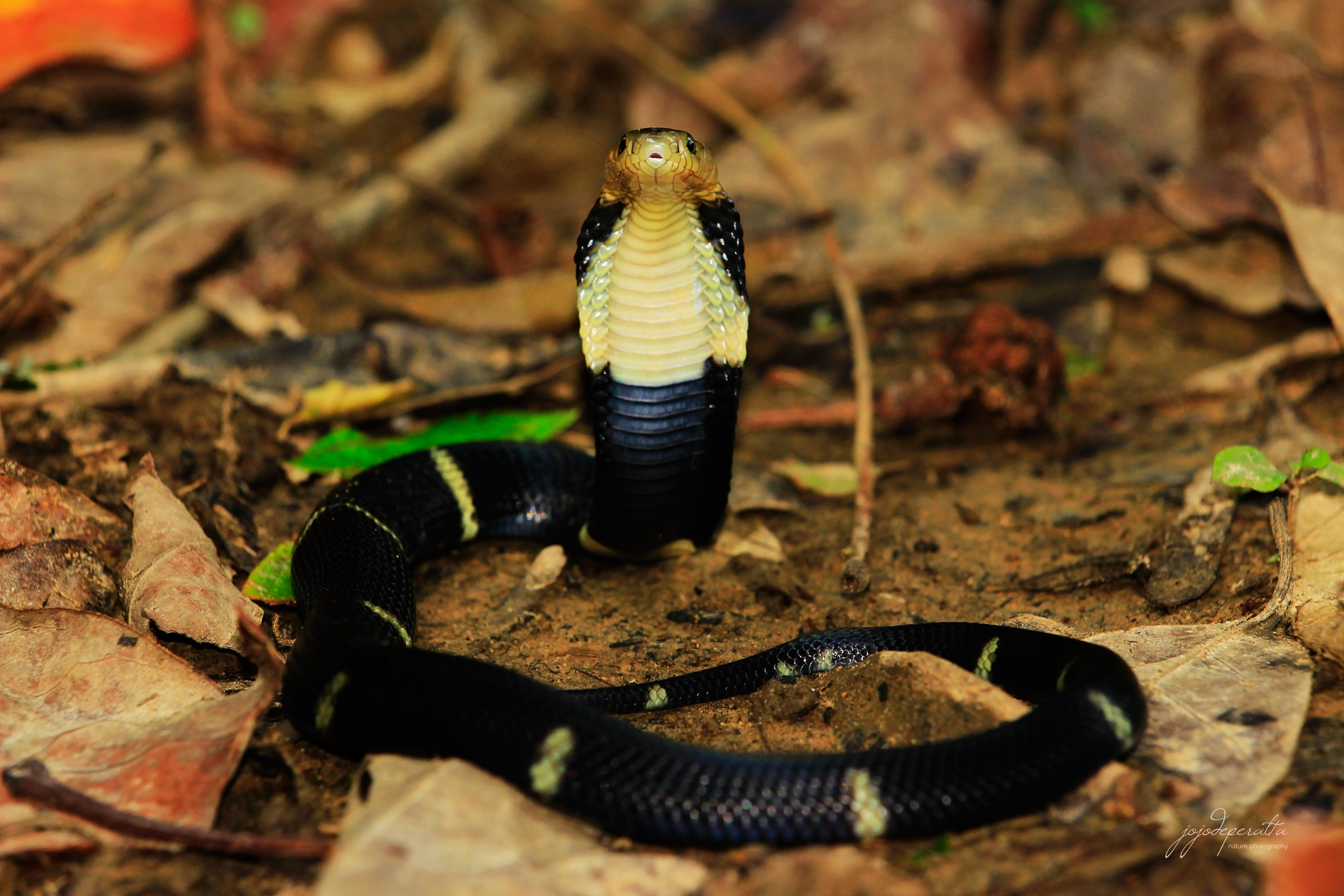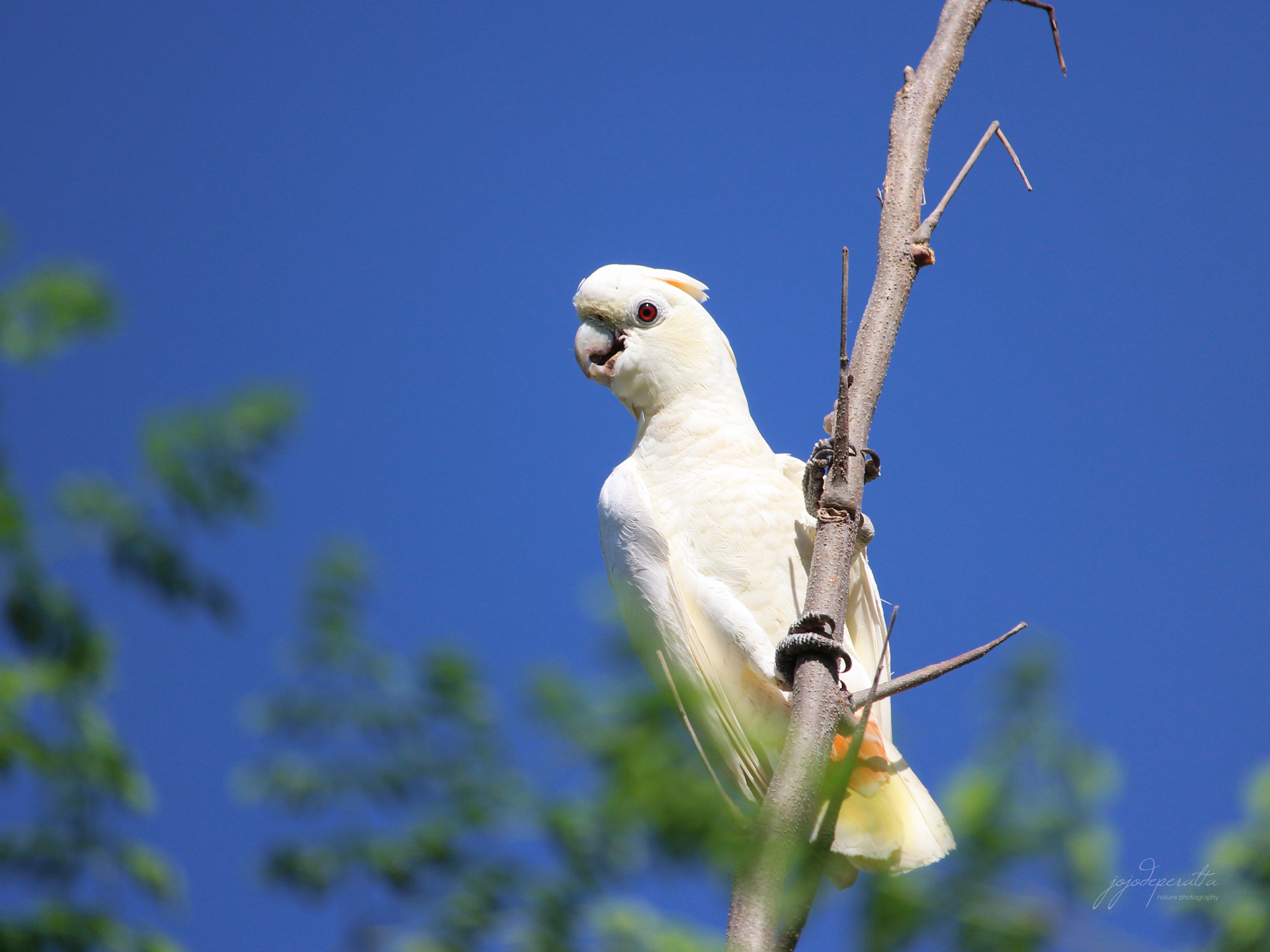Paphiopedilum fowliei - Rare orchid endemic to Palawan
Paphiopedilum fowliei is one of the most beautiful orchid species in Palawan. Assessed as Critically Endangered (CR), but recent explorations in Palawan revealed that it occurs in wider distribution areas than what we thought. The flower is rare, but the plant inhabits numerous mountain slopes, ridges and peaks around central and southern Palawan. Even though sparse in population, it occurs in most mountain ranges near Puerto Princesa.
The Paphiopedilum fowliei is endemic to Palawan. Although there were unconfirmed sightings on a costal peak in Quezon with less than 400 meters above sea level, this plant often grows in elevation around the altitude of 600 meters asl up to over 1000 meters asl. The highest specimen we found so far was at 1100 meters above sea level on the newly explored mountain peak in Staveley Range. We found about thirty orchids thriving under the thin mossy forest on that peak alone. The surrounding slope has not been explored as of today.
This plant needs damp substrate and it prefers high altitude moss and mid-shaded habitats. The flower fades quickly in hot summers, or when the ground is too dry. It can sometimes be seen growing in exposed positions, but rarely exposed to direct sunlight. The plant blooms year round in the wild producing a single flower attached to a long inflorescence. Flowers seen in habitat often exposed to sunlight are paler in color compared to those found under dark canopies.
The leaf color varies from blue gray, greenish grey to light blue-green. The leaves of those growing on the ridge often exposed to sunlight are lighter in color compared to those we found growing in thick mossy forest where sunlight rarely penetrated. The upper side of the leaf is marked with faint chessboard-like patterns; the bottom is plain light green. The Palawan mountains are largely unexplored and it is home to some of the country’s most interesting orchidae. There are a lot of known but undescribed species inhabiting our mossy forests and I'm sure that there’s still quite a few that remain undiscovered.
The Paphiopedilum fowliei is endemic to Palawan. Although there were unconfirmed sightings on a costal peak in Quezon with less than 400 meters above sea level, this plant often grows in elevation around the altitude of 600 meters asl up to over 1000 meters asl. The highest specimen we found so far was at 1100 meters above sea level on the newly explored mountain peak in Staveley Range. We found about thirty orchids thriving under the thin mossy forest on that peak alone. The surrounding slope has not been explored as of today.
 |
| Paphiopedilum fowliei |
The leaf color varies from blue gray, greenish grey to light blue-green. The leaves of those growing on the ridge often exposed to sunlight are lighter in color compared to those we found growing in thick mossy forest where sunlight rarely penetrated. The upper side of the leaf is marked with faint chessboard-like patterns; the bottom is plain light green. The Palawan mountains are largely unexplored and it is home to some of the country’s most interesting orchidae. There are a lot of known but undescribed species inhabiting our mossy forests and I'm sure that there’s still quite a few that remain undiscovered.









